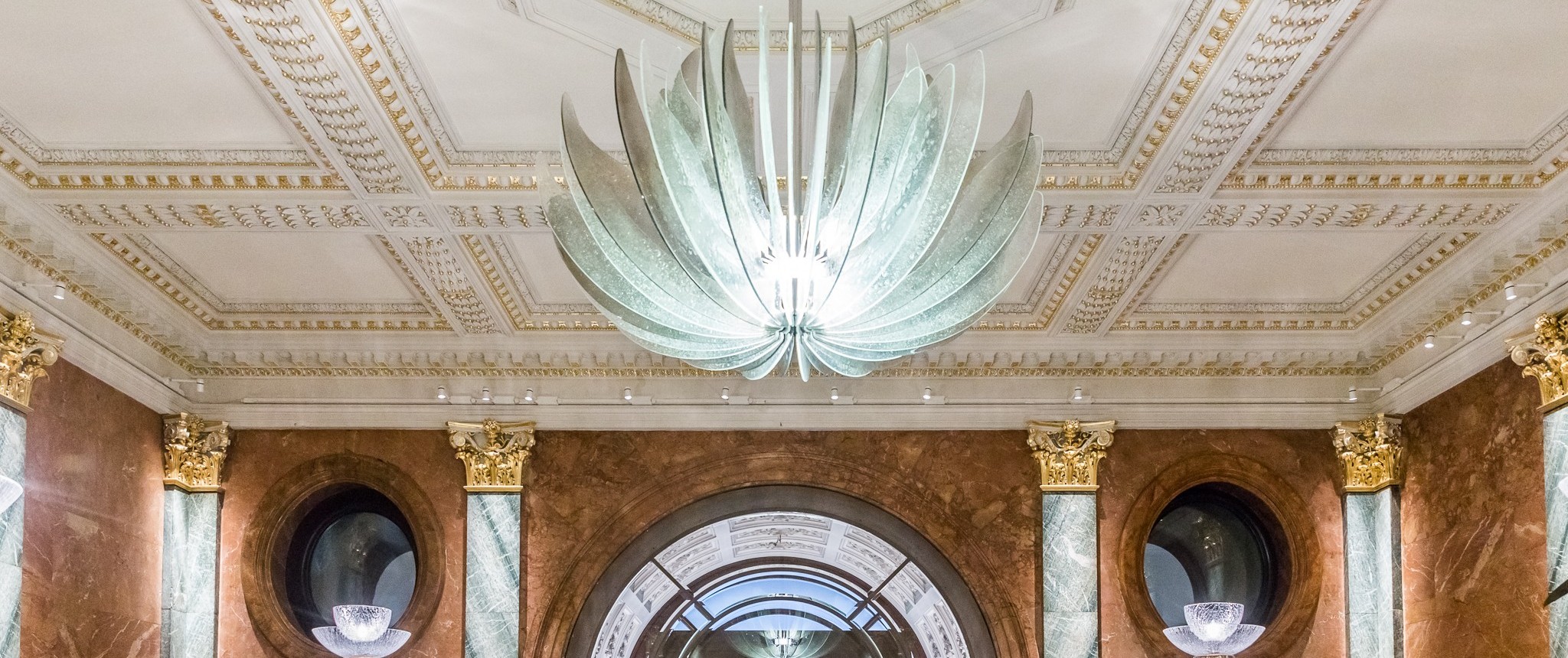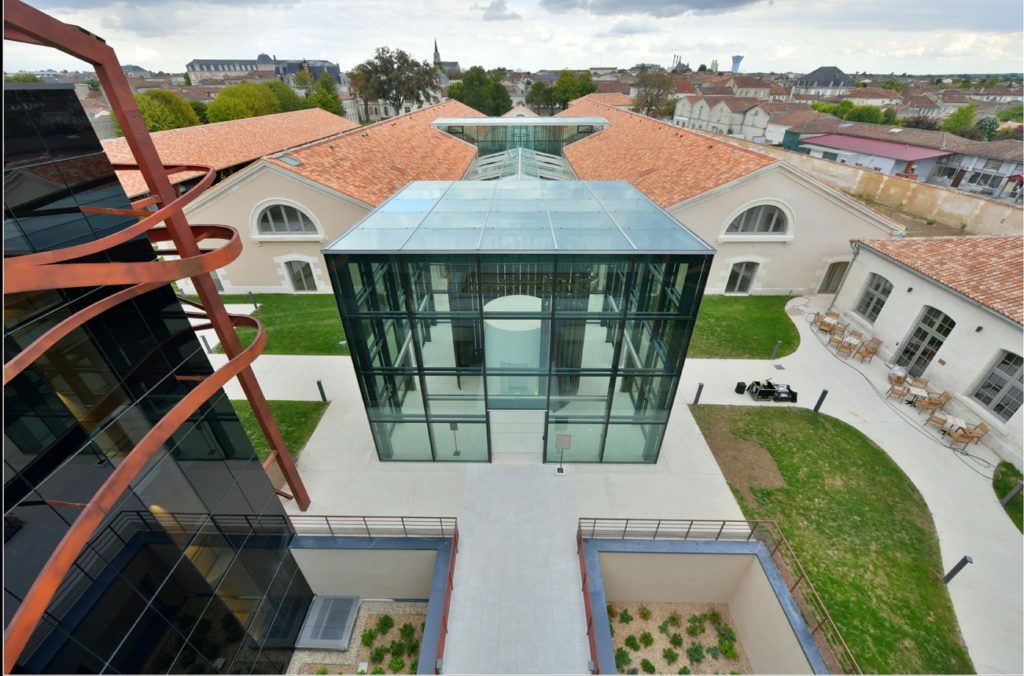
PLENDI, specialist in luxury renovation
Elevating an ancient building, giving it back its glamour and splendour: PLENDI by VINCI Construction manages its luxury renovation sites from this perspective, whether they are private mansions, prestigious apartments or luxury hotels. Every old building has its special features, that make it unique and that should be brought out, but without anchoring it in its original period. For PLENDI, a successful renovation, this is what will reconcile the charm of characterful properties with contemporary comfort and luxury.
Luxury renovation: A whole concept
Everyone’s definition of luxury is different, of course, but when it comes to refurbishing or renovating old buildings, tradition and innovation are necessarily blended.
Conserving ceilings that are often listed, renovating existing façades, reusing original materials and identically restoring ornaments or cupboards on the walls of private mansions that belonged to famous people all form part of this tradition. Quite obviously, we have to adapt to current tastes, today’s lifestyles and the latest innovations. It is possible to live in a charming old building, while also adding a swimming pool and spa, home automation controlled from your smartphone, or bulletproof glass, hidden behind magnificent restored stained-glass windows.
The interior designers responsible for decorative projects of this type often seek inspiration from the building’s original charm and history to imaging more contemporary and current décor without detracting from the charm they are generally fond of in these buildings. What’s more, luxury renovation introduces constraints that fuel these artists’ creativity.

Résidence privée
Multiple projects
The renovations we’ve carried out on Mandarin Oriental hotels are a good example. In Paris, it’s a former 1930s office building, completely refurbished to create this palace. One building on the site was destroyed to create a very large patio and the listed façades were completely renovated. The Hyde Park Mandarin Oriental has the most splendid Victorian façades with flamboyant colours, making it look like a fairytale castle. While very modern, the décors conceived by Joyce Wang for the bedrooms and TIHANY DESIGN for most of the public areas retain English charm.
For the Fauchon hotel at La Madeleine in Paris, one of the technical feats was to join two buildings with floors at different heights, listed buildings that had to be conserved. Quite obviously, the hotel’s customers shouldn’t be able to feel it. Furthermore, we also had to excavate two basement levels just a few metres from the church of La Madeleine, a delicate undertaking, to increase the floor area needed for the hotel to operate, installing a fitness centre and spa.
In 2018 the magnificent Chais Jean Monnet hotel in Cognac opened – this is another example of our achievements. This was the refurbishment of a former wine and spirits storehouse dating from 1838, which belonged to one of Europe’s founding fathers and is not a hotel complex. The architects and interior designers from the ERTIM practice were able to convert the original buildings and create new ones from them to create a completely harmonious complex of ten buildings. Luxury renovations perpetuating our French heritage.

Chais Monnet, Cognac

